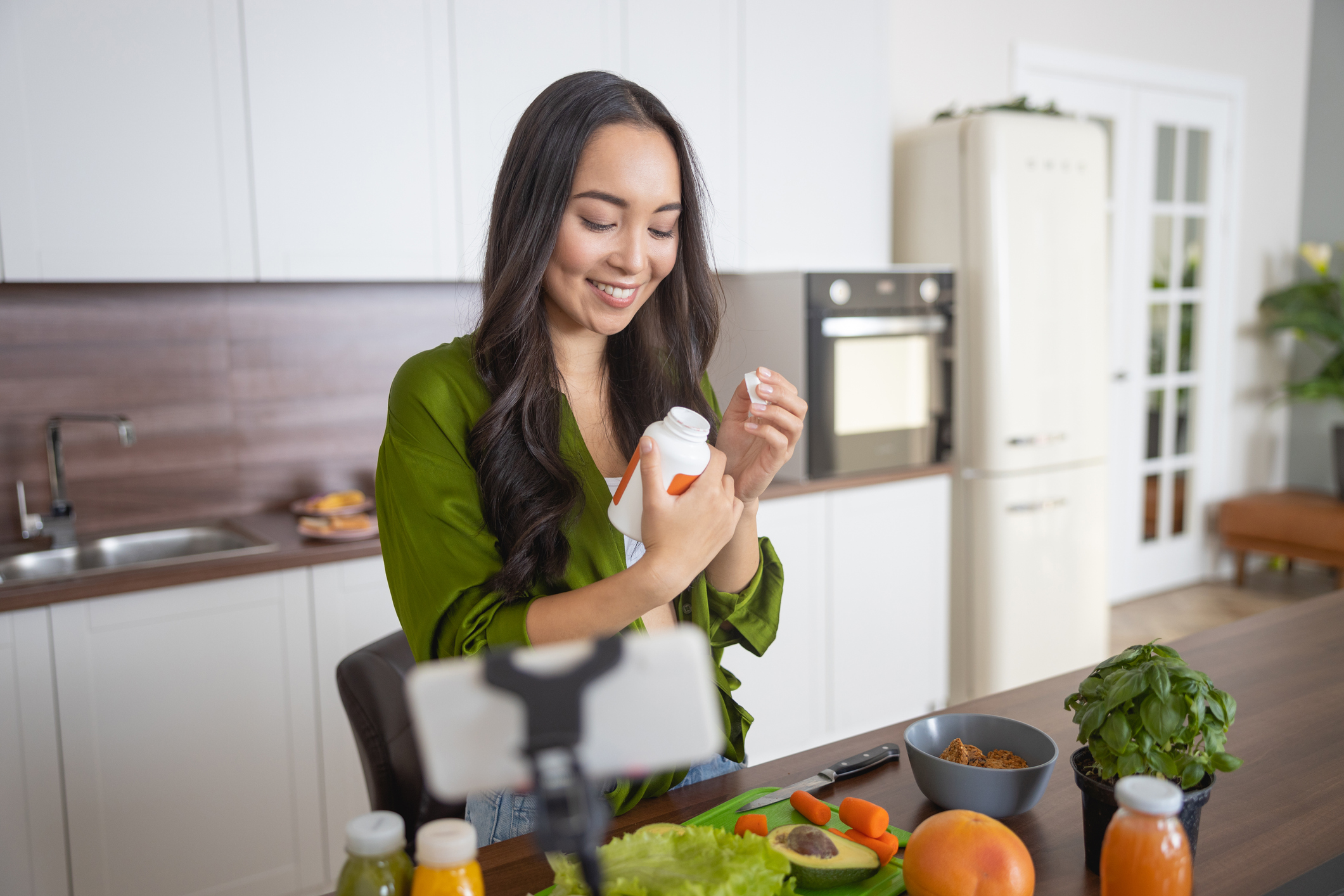Get Easy Health Digest™ in your inbox and don’t miss a thing when you subscribe today. Plus, get the free bonus report, Mother Nature’s Tips, Tricks and Remedies for Cholesterol, Blood Pressure & Blood Sugar as my way of saying welcome to the community!
High selenium diet increases chance of COVID-19 survival

With a virus like COVID-19 going around, you want your immune system to be primed and ready to fight if and when it needs to. That means you should pay a little extra attention to the vitamins and minerals you’re getting daily.
Having the right balance of minerals and nutrients in your body affects every aspect of immune function. But the sad fact is, even in a country with an abundance of food like the U.S., plenty of people don’t get enough of certain vitamins and minerals. A lot of that has to do with our love of high-calorie, low-nutrient processed food.
Missing out on vitamins and minerals could influence who recovers well from COVID-19 and who doesn’t. In fact, recent research shows there’s one mineral in particular that could increase your odds of overcoming COVID-19 — selenium.
How selenium influences COVID-19 recovery
A new scientific review published in The American Journal of Clinical Nutrition shows that high selenium levels could be linked to a higher likelihood of surviving COVID-19.
In the review, researchers looked at data from Chinese provinces and municipalities with more than 200 cases of COVID-19 and cities with more than 40 cases. They quickly noticed that the areas with the highest selenium intake also had the highest number of people declared “cured” of COVID-19.
The city of Enshi in Hubei Province has the highest selenium intake in China, for example, and the cure rate there was three times higher than it was in other cities in Hubei Province. On the flip side, China’s Heilongjiang Province has one of the lowest selenium intakes in the world, and the COVID-19 death rate there was nearly five times as high as it was in all other provinces (besides Hubei).
All in all, researchers found that the COVID-19 cure rate was significantly associated with selenium levels in 17 cities outside of Hubei. And that makes perfect sense when you consider previous research on selenium and viruses…
The main reason researchers wanted to conduct this review was that previous studies show selenium levels can impact the severity of viral infections in people and animals. One of the best examples of selenium’s connection to viral infections is HIV. Research shows that selenium levels influence whether a person progresses from an HIV infection to AIDS. China is also known to have both the highest and lowest selenium levels in the world, depending on the region. So, researchers thought it would be a good idea to determine if this influenced how people recovered from COVID-19.
Stocking up on selenium
Based on this review, the connection between COVID and selenium seems significant. But it’s far too early to say how far-reaching and impactful this connection is. Stay tuned for more studies. Of course, whether selenium can make you more resilient to COVID-19 or not, you’ll want to make sure you’re getting enough.
Selenium deficiency is relatively rare in the U.S. Still, based on its important connection to immune health, you shouldn’t take it for granted.
Everyone over 14 years old should get at least 55 mcg of selenium per day (pregnant and nursing women should get 60mcg). Luckily, it’s easy to get enough selenium through your diet if you know what foods to eat. Here are a few selenium-rich foods that can keep your levels rock solid:
- Brazil nuts (544 mcg in six to eight nuts)
- Fish (3 ounces of yellowfin tuna contains 92 mcg. Sardines, oysters, clams, halibut, shrimp, salmon and crab contain between 40 and 65 mcg)
- Ham (3 ounces contains 42 mcg)
- Pork (3 ounces contains 33 mcg)
- Beef (Depends on the cut. Could be anywhere from 18-33 mcg)
- Turkey (3 ounces of boneless turkey contains 31 mcg)
- Chicken (3 ounces of white meat contains 22-25 mcg)
- Cottage cheese (1 cup contains 20 mcg)
- Eggs (1 hard-boiled egg contains 20 mcg)
- Brown rice (1 cup cooked long-grain brown rice contains 19 mcg)
- Sunflower seeds (1/4 cup contains almost 19 mcg)
- Baked beans (1 cup contains 13 mcg)
- Mushrooms (100 grams contains 12 mcg)
- Oatmeal (1 cup cooked oatmeal contains 13 mcg)
- Spinach (1 cup cooked from frozen spinach contains 11 mcg)
- Milk (1 cup contains 8 mcg)
- Yogurt (1 cup contains 8 mcg)
- Lentils (1 cup cooked lentils contains 6 mcg)
- Cashews (3 mcg per ounce of dry, roasted cashews)
- Bananas (1 cup chopped contains 2 mcg)
Before you start stockpiling selenium-rich foods, you should also know that it is possible to eat too much selenium. The safe upper limit of selenium is 400 mcg per day. Exceeding that could lead to selenium toxicity, which causes gastrointestinal and neurological symptoms, acute respiratory distress syndrome, myocardial infarction, hair loss, muscle tenderness, tremors, lightheadedness, facial flushing, kidney failure and even cardiac failure. So, eat your selenium reasonably and safely.
For COVID-19 vaccine info, visit the CDC.
Sources:
- Link identified between dietary selenium and outcome of COVID-19 disease — MedicalXpress.
- Association between regional selenium status and reported outcome of COVID-19 cases in China — The American Journal of Clinical Nutrition.
- 20 Foods Rich in Selenium — Healthline.
- Selenium — WebMD.
- Selenium — National Institutes of Health












